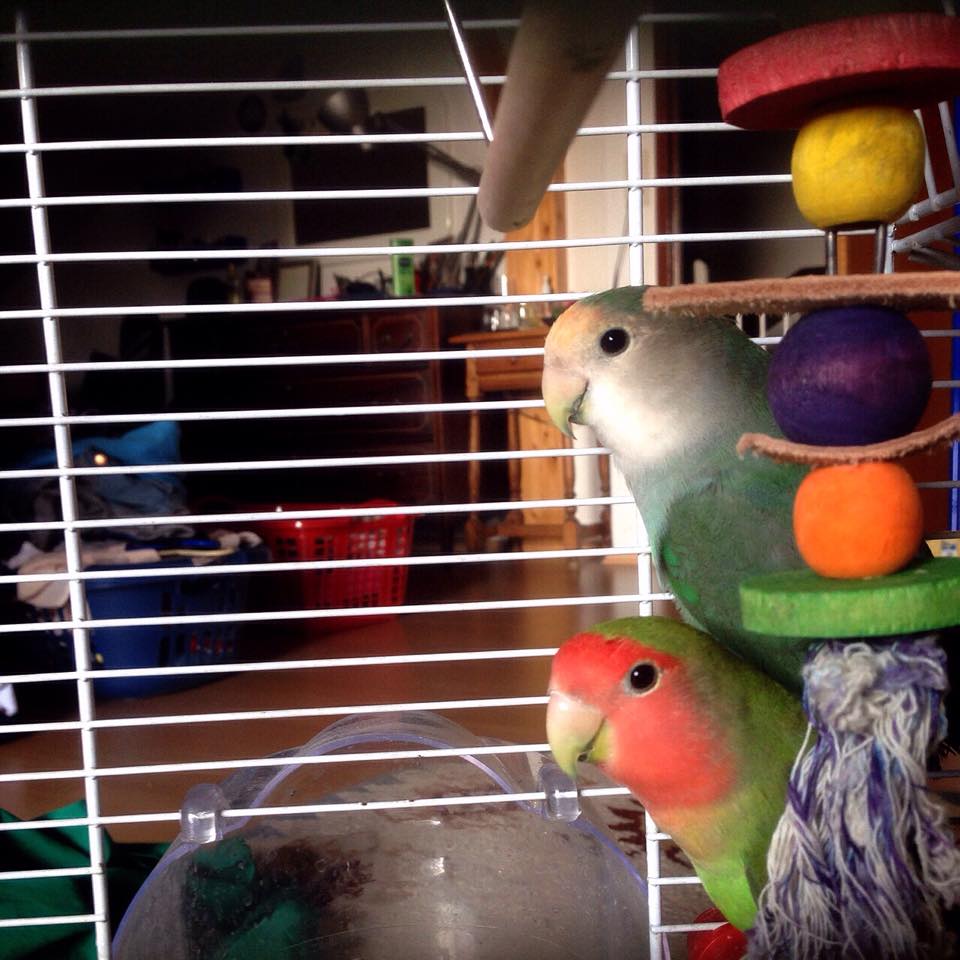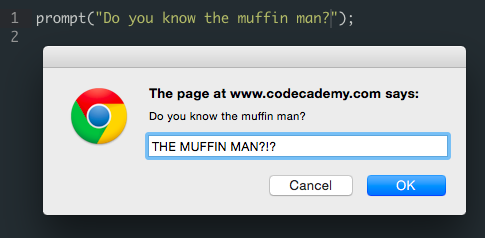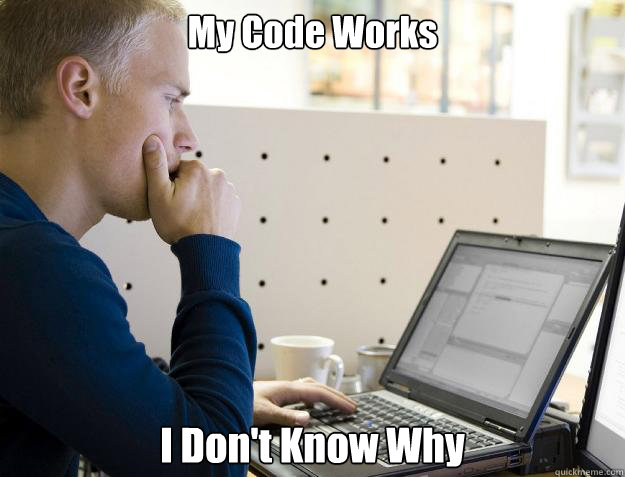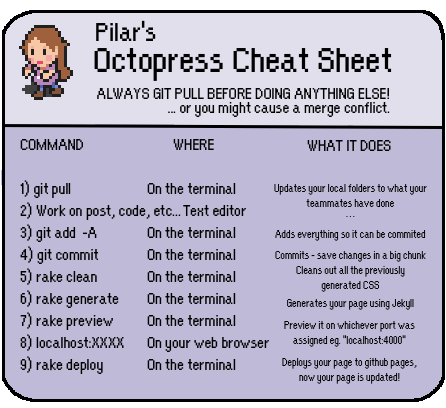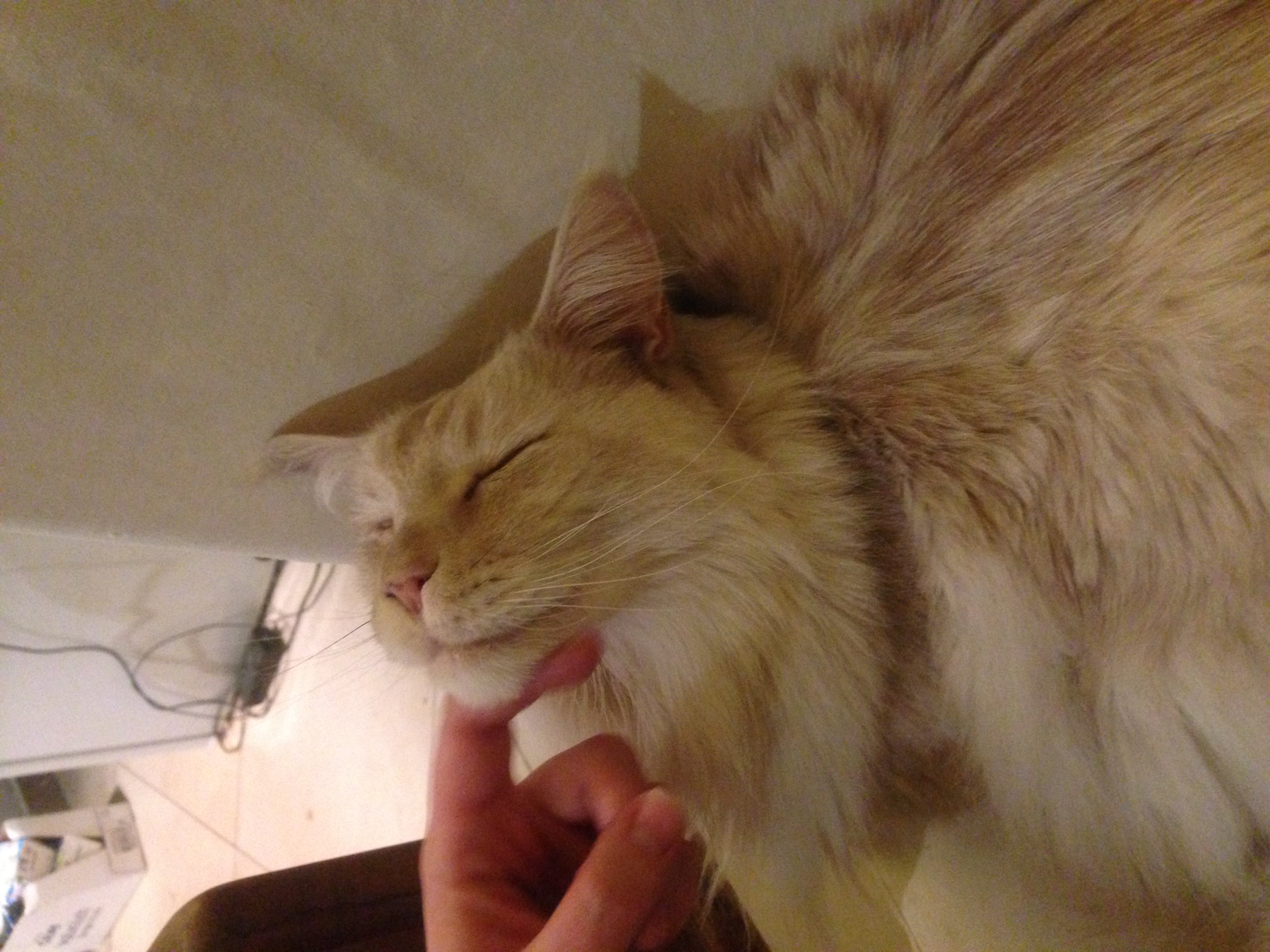Project Plan and Ruby Habits
We had a wonderfully active day on Tuesday, March 31st. Not only did we get a more solid idea of our project plan, but we also attended (and in Pilar’s case, organised) Ruby Habit’s meetup, focussing on Git.
In the morning, Jan from Hoodie was kind enough to join us for a video call in which we quizzed him on suitable project ideas. He gave us a written summary of everything that he thought would be suitable for our level, and then explained everything in detail during the call. Of course, many aspects of the projects about which we spoke are above our level, but not to the extent that we would not be able to do them. There is a clear progression of level throughout the project involvement, which we are both quite excited about!
About a week before this call with Jan, I had some difficulty in setting up Hoodie on my machine, so I called out for help on Twitter. Ola from Hoodie was really quick to reply with an offer of help and several different methods by which to contact her to chat about the problems I was having. Her help was wonderful and as a result, Hoodie is now fully functional on my machine! I have yet to make a good enough app to share, but I am enjoying getting to know how it all works. I mentioned to Ola that myself and Pilar are submitting a RGSoC application and she told me that not only was she already aware of this, but that we could list her on our application as one of our mentors.
Awesome to see how passionate @shellycoen already is about her RG SoC project. <3
— Ola (@misprintedtype) March 23, 2015
Jan has invited us to begin contributing to the project already, which we are both planning to do. In my own case however, I need to get to a better level of knowledge of Javascript before I dive in. Luckily Jan and Ola are on hand to help us out if and when we need it, and of course our coaches are too!
That evening, we all met once more in Rochuspark for Ruby Habits. Although this group is still in its early days, there is a wonderful sense of openness and friendliness amongst the attendees. With such a relaxed atmosphere, I find it really easy to ask questions and to learn.
One of the Ruby Habits members, Yanko, had offered to present a beginners level introduction to Git and Github. While the subjects discussed were more or less things myself and Pilar were already familiar with, it was great to clarify some other ‘not quite so clear’ aspects of Git.
We began the workshop with some exercises led by Yanko (get the blood flowing so that nobody falls asleep!) and then an explanation of the basics of Git. Yanko was a very good presenter on the subject, and even continued to teach us after a short break following almost fainting! That’s quite the amount of dedication!
Our homework after Ruby Habits was to contribute to the repo set up on Ruby Habits github page. I personally ran into problems, given my limited access to the repo itself. It helped me to get more practice with pull requests, which is always good!
All in all, our Tuesday was a wonderfully productive one. Now that we have a more solid project plan in place, it helps us to see where we are going and what we should focus on in particular in order to learn loads over the summer!
Shelly


